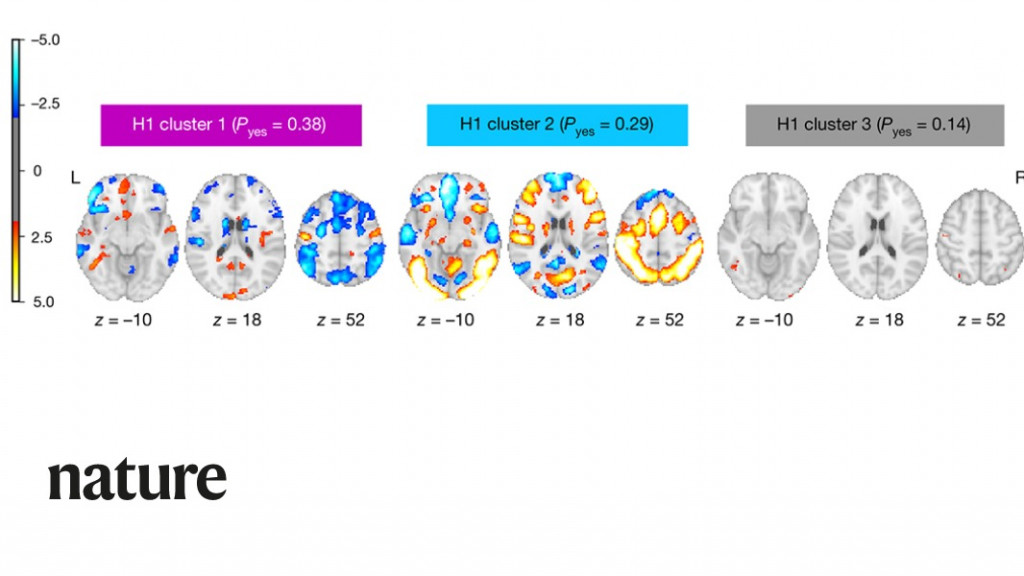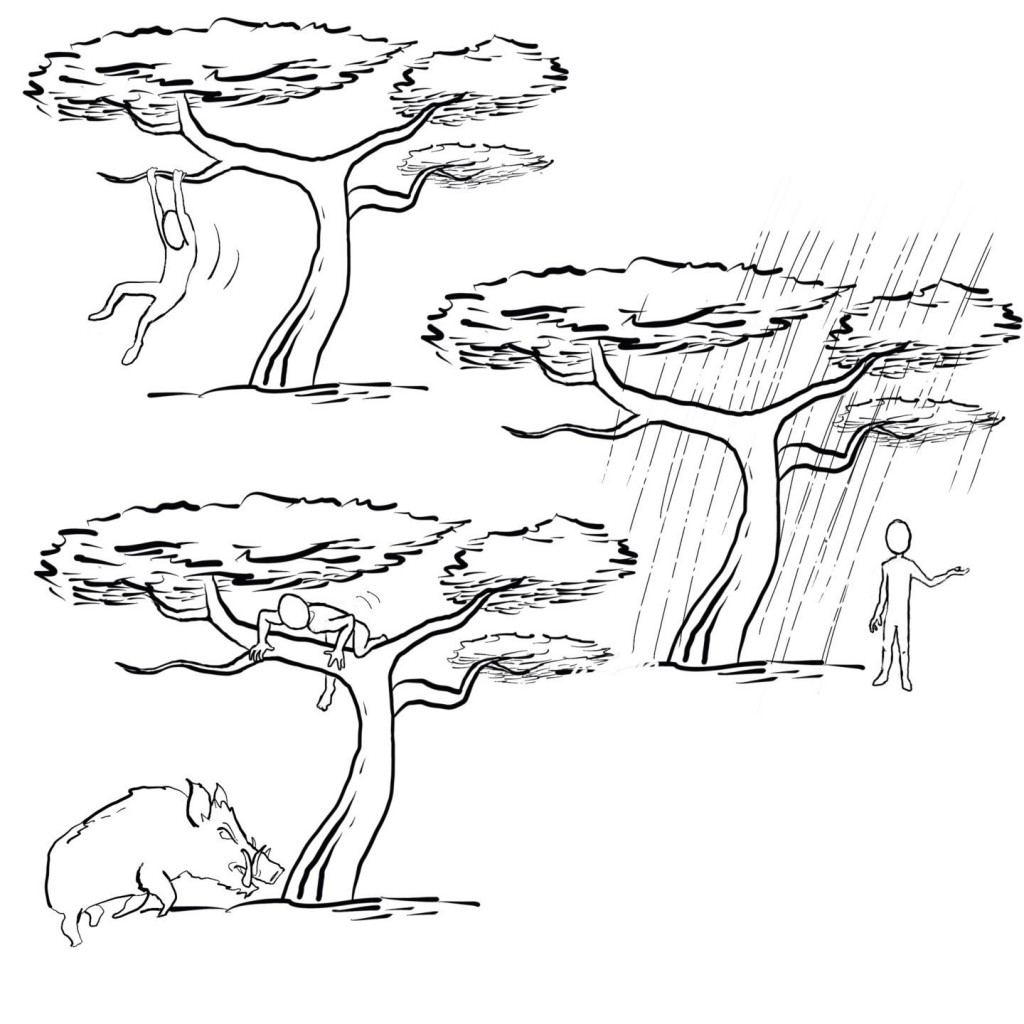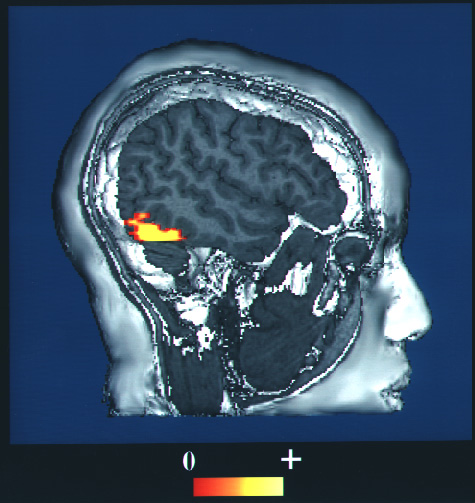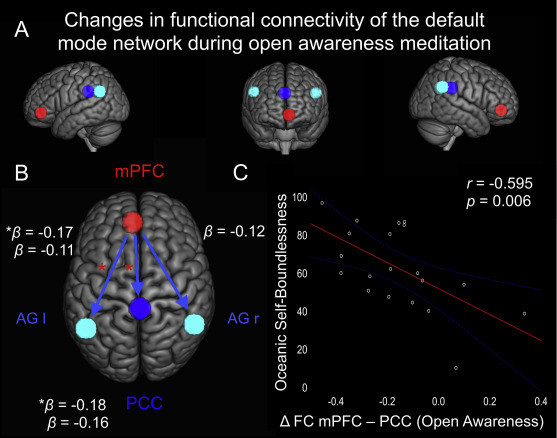Friday, 13 November 2020
Serious problems in the reproducibility of brain imaging results

As I’ve pointed out in previous posts, the results produced by brain-imaging technologies such as fMRI are subject to at least two limitations. First. they detect neural activation only indirectly, by monitoring blood flows in the brain. Second, the methods used to analyze such images are subject to many forms of bias. These limitations were confirmed in a troubling study by Tom Schonberg, Thomas Nichols and Russell Poldrack, entitled “Variability in the analysis of a single neuroimaging data set by many teams ”, published in the May 20, 2020 issue of the journal Nature. (more…)
From the Simple to the Complex, From Thought to Language | Comments Closed
Monday, 26 October 2020
Behaviour as a control loop located outside the organism
 With his famous Chinese Room Argument, philosopher John Searl raised an important question: can a computer understand Chinese (or French or English)? Probably not, if the results of some of today’s computer-translation programs are any indication. Unlike computers, we human beings can usually grasp the meaning of things fairly effortlessly, while a computer cannot. Many neuroscientists believe that to explain why, we must look more closely at the biological substrate of the brain, and in particular its long evolutionary history. (more…)
With his famous Chinese Room Argument, philosopher John Searl raised an important question: can a computer understand Chinese (or French or English)? Probably not, if the results of some of today’s computer-translation programs are any indication. Unlike computers, we human beings can usually grasp the meaning of things fairly effortlessly, while a computer cannot. Many neuroscientists believe that to explain why, we must look more closely at the biological substrate of the brain, and in particular its long evolutionary history. (more…)
Uncategorized | Comments Closed
Tuesday, 13 October 2020
Our perceptions are shaped by the possibility of imminent actions

Affordances are a key concept in cognitive science, first advanced by J.J. Gibson in 1966. As I explained in an earlier post in this blog, an affordance is an opportunity that an object offers to take action. A hammer, for example, offers the opportunity to be grasped by its handle, and a chair offers the opportunity to sit down. What is interesting about this concept of affordances is that the opportunity for action does not depend on an object’s characteristics in any absolute sense, but instead is relative: it depends on the possible relationships that a particular organism may establish with that object. A tree, for example, offers different affordances to humans, who may use it as shelter from the rain, or crows, which may use it as a perch, or to woodpeckers, which may use it as a place to hunt for food. Moreover, as the above illustration suggests, any given object (again, such as a tree), may inspire different affordances for a given organism (such as a human) depending on that organism’s motivations and/or the broader general situation. (more…)
Body Movement and the Brain | Comments Closed
Wednesday, 30 September 2020
The expertise account, or, why the brain’s face-recognition area can be activated by the sight of a chessboard

In a 2017 article on the chess website chessable, entitled “Beating Magnus after a month of training: the neuroscience of why learning chess is so much harder than learning a language”, author David Karmaley writes: “A fascinating finding from neuroscience is that your brain starts using the fusiform face area to store chess positions! This is the part of the brain usually responsible for human face recognition.”
Karmaley seems surprised that a part of the brain associated with face recognition is also used to recognize the positions of pieces on a chessboard, and at first glance, the connection may seem puzzling. But a theory known as the expertise account offers a highly plausible explanation. (more…)
From the Simple to the Complex, From Thought to Language | Comments Closed
Wednesday, 9 September 2020
The combined effects of meditation and magic mushrooms

Today I want to tell you about a study entitled “Psilocybin-assisted mindfulness training modulates self-consciousness and brain default mode network connectivity with lasting effects,” which a research team from the University of Zurich published in the journal NeuroImage in August 2019. As the title suggests, this study combined two methods of modulating the brain: engaging inmindfulness meditation and taking the hallucinogen psilocybin, a psychoactive molecule found in “magic mushrooms”. Previous studies had shown that both of these methods produced a similar effect: they gave subjects the impression that the boundaries between their bodies and their environments were dissolving (a state of consciousness often referred to as ego dissolution). But in this study, the research team wanted to find out whether combining these two methods might make this effect stronger and longer-lasting. (more…)
The Emergence of Consciousness | Comments Closed







